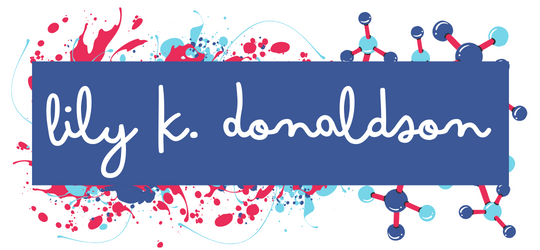Lighting Basics and Lighting Areas
“An actor without techies is a naked person standing in the dark, talking to themselves. A techie without actors is a person with marketable skills.”
The absolute, most important purpose of lighting is making the actors be seen clearly by the audience. It doesn’t matter if a show has fancy colorful lighting effects if there are shadows on the actors’ faces. Therefore, your first goal in lighting should be lighting the actors. When it comes to lighting actors, ‘if you’re doing your job right, no one will know you’ve done it all.’ Whether or not they can clearly see the actors is the last thing the audience should be thinking about, and it’s your job to keep it that way.

Hotspots and the McCandless Method
Generally, you want to have the hotspot of your light hitting your actors at a 45-90 degree angle on 2-3 sides.
The hotspot of your light is the brightest part of the light, almost always the direct center. It should hit somewhere between 5-6.5 feet above the stage or platform (if the set has one). If the pin point center of the hotspot is at around 5.5 feet, there should be enough leeway in the light for your shortest and tallest actor to be lit well. In order to do this, it is best to use a person close to the average height of your cast as your focus subject. In other words, using your 6’8″ technical director (@Jeff “Jazzy Jeff” White) as your focus subject for an all female show is exactly the opposite of what you should do.
You can’t just light your actors from the front, though. Unfortunately, the face is a 3D structure, so if you only light the front it, it will still have shadows on its sides. Because of this, you need to pay attention to which ways you are lighting the actors. The widely popular McCandless Method has two front lights (left and right) at a 45° degree angle and one back light at a 90° angle per lighting area. This ensures full visibility from all angles. However, oftentimes, especially in small theatre spaces, the 90° backlight can be omitted.

Lighting Areas
Acting Areas are small areas on a set where actors act, as determined by set designers and directors. Acting Areas can be large or small. They can be used to differentiate settings, groups of people, etc. A Lighting Area (which is a separate entity) is an area, generally a circle with an 8-12 foot diameter, that you light. Lighting areas are either the largest area a lighting instrument can cover (generally 8-12 feet in diameter), or an area that needs to be isolated lighting wise. For instance, if a platform needs to be lit (e.g. Whoville) by itself, and the rest of the stage shouldn’t have lighting on it, that area needs to be isolated. When an area needs to be isolated, either the instrument needs to be moved closer to that area or shutters need to be used to isolate the light.
On a normal sized stage, straight plays usually have six lighting areas (three upstage and three downstage). Musicals and straight plays with multiple settings may have more. In general, you should try to have as few lighting areas as possible, because each lighting area needs 2-3 lighting instruments on it, and you only have so many instruments and so many circuits.
Lighting areas are denoted on lighting plots (see Practicals: Lighting Plots) as letters with imaginary circles around them; the letter being the center of the circle (where your focus subject stands), and the edge of the imaginary circle being where the beam spread (see “I don’t Mean to bring Math into this but…”) ends.
You should remember that, at the end of the day, these are just guidelines. The goal of these suggestions is to produce good lighting; if the lights look bad, always try something else. It’s better to break conventions than to have a poorly lit stage.


Recent Comments